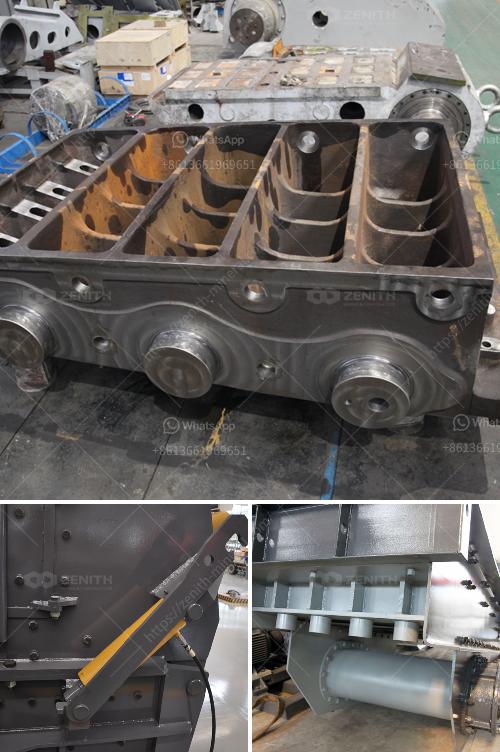The output of a cement mill can be influenced by various factors, including:
Clinker quality: The mineralogical composition and the grindability of the clinker play a key role. Harder clinkers require more energy for grinding.
Grinding media: The type, size, and quantity of grinding media can affect milling efficiency. Optimal media filling ensures effective particle size reduction.
Mill configuration: The design and setting of the mill, including liner type, rotor configuration, and separator performance, impact grinding performance.
Mill ventilation: Adequate air flow through the mill is essential for efficient grinding and cooling of the cement. Over- or under-ventilation can negatively impact output.
Feed rate: Consistent and optimal material feed rate ensures steady milling conditions. Abrupt changes can reduce efficiency and output.
Fineness of product: Desired fineness (Blaine) determines the energy requirement and throughput. Higher fineness usually means lower mill output due to longer grinding times.
Moisture content: High moisture in the feed material can cause issues like clogging and affect mill efficiency. Pre-drying may be necessary for very moist materials.
Temperature: Milling temperature should be controlled to avoid both dehydration of gypsum and undesired agglomeration.
Additives: The presence and type of grinding aids can influence mill performance by reducing energy requirements and increasing throughput.
Operational conditions: Regular monitoring and maintenance of the mill ensure peak performance. Wear and tear of components like liners and grinding media need to be addressed promptly.
Understanding and managing these factors can help optimize the cement milling process, ensuring maximum efficiency and output.
